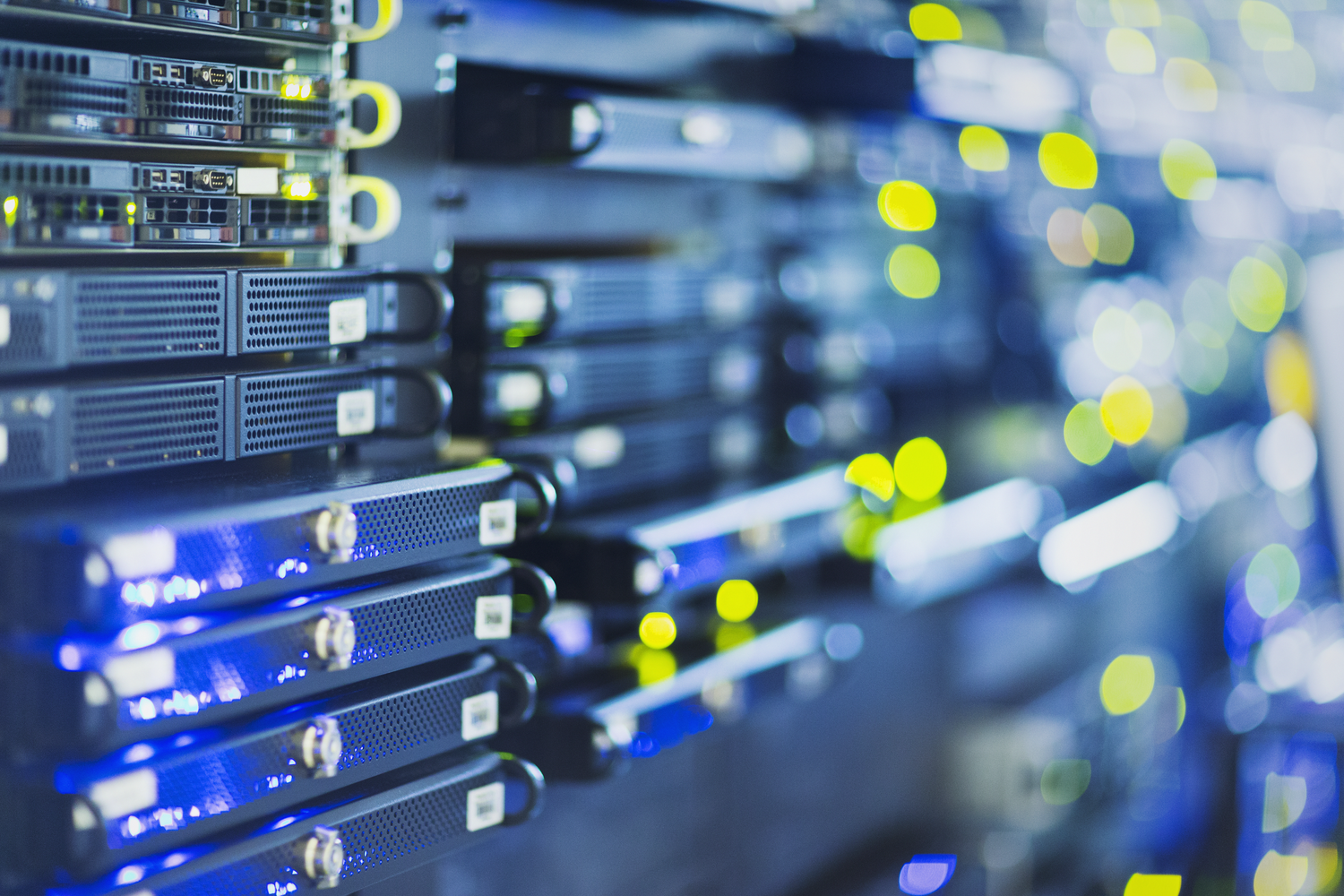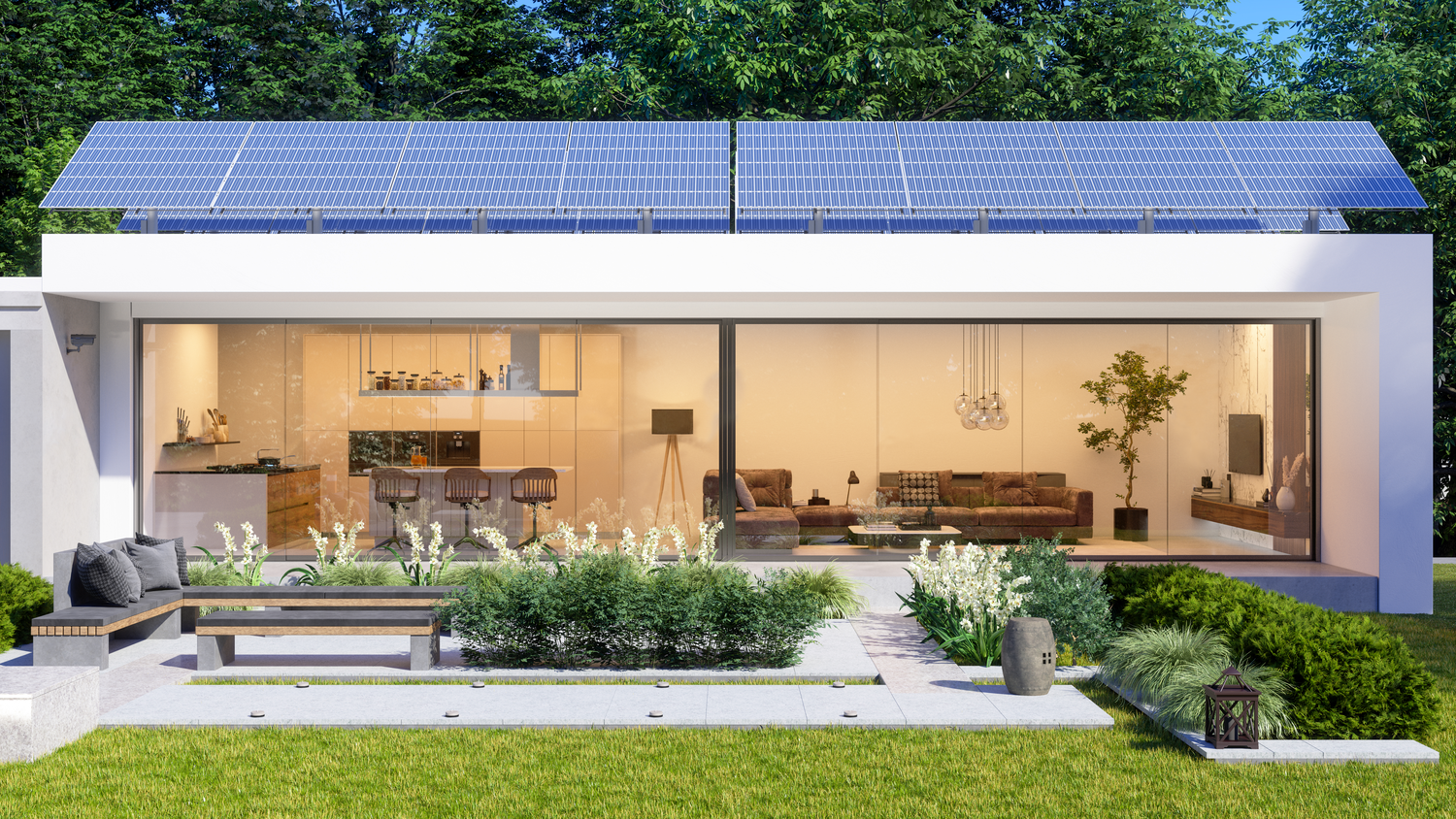
Infineon is a Business Reporter client.
Climate change is the biggest challenge of our time – to slow down global warming, we need to rethink how we generate and consume energy
The recently released Climate Change 2023 report by the Intergovernmental Panel on Climate Change (IPCC) presents a sombre outlook, making it clear that the chances of preventing global warming from exceeding 1.5°C are slim. Experts predict that this threshold could be breached within the next decade.
The report underscores the urgent need to reach Net Zero emissions as quickly as possible. However, the world still strongly depends on fossil fuels, which are some of the biggest contributors to climate change.
While populations and industries are growing at an unprecedented rate, the need for energy is rising continuously. Therefore, despite global efforts to reduce them, the world’s energy-related carbon dioxide emissions from energy combustion and industrial processes rose to a record high of 36.8 billion tons in 2022, according to the International Energy Agency (IEA). Rising energy consumption on the one hand and CO2 reduction on the other is presenting a dilemma for societies worldwide.
To address these issues, we need to use energy more wisely.
Leveraging technology to power the green energy revolution
We are still in the early phase of the green energy revolution. While industries such as solar, wind and hydro have grown into vast manufacturing operations today, they only contribute to around 12 per cent of the global energy supply, according to the IEA World Energy Outlook 2022 report. However, this is expected to grow by up to 70 per cent if we achieve the IEA Net Zero Emissions by 2050 scenario.
Addressing climate change and reducing carbon emissions requires a proactive rather than a reactive approach.
This is where technology can play a crucial role - helping optimise all stages of the energy conversion chain, including generation, storage, transmission, and consumption. Especially microelectronics can ensure that we get the most out of renewable energies, that energy is stored and transmitted with a minimum loss, and that we can reduce our energy consumption with efficient devices and machines. The potential is huge!
How revolutionary microelectronics can contribute to the energy transition
Indeed, semiconductor technology has emerged as a key technology that can help address the challenges of CO2 emissions and resource scarcity.
Semiconductor solutions enable the provision of green energy and the electrification of various sectors, including industry, mobility and consumer. Renewable power stations, for example, rely heavily on semiconductors, without which they would not be able to function.
Specifically, semiconductors are designed to optimise power conversion for maximum energy efficiency. This not only reduces heat production and cooling requirements but also leads to lower energy wastage and lower CO2 emissions.
Energy saved is energy produced
Industry experts at Infineon, one of the largest semiconductor companies in the world, highlighted a few real-life examples of how semiconductors are contributing to reducing CO2 emissions and promoting decarbonisation.
Wind power is one such area. Each power conversion step, such as converting wind energy into alternating current and voltage suitable for feeding into the grid, results in some energy loss which is dissipated as heat.
Modern semiconductors help minimise these conversion losses and increase the amount of energy that can be harvested from a wind turbine.
As a major supplier, Infineon, for example, contributed to about 160GW of newly installed clean energy capacity in 2021. This is equivalent to the energy generated by around 375 million new solar panels, or by more than 16,700 wind turbines and has helped avoid the emission of about 160 million tons of CO2.
Another area where microelectronics solutions can have an especially strong impact is data centres.
According to the IEA, these centres, where so much of our data is stored, networked and processed, are responsible for consuming around 2 per cent of the world’s total electricity, or 460 TWh, which is equivalent to the energy consumption of around 153 million households. Cooling systems and servers are the biggest contributors to this power consumption, with up to 50 per cent of this energy being used for cooling and backup power alone.
To reduce power loss and cooling efforts, established semiconductors as well as new wide-bandgap materials such as silicon carbide (SiC) and gallium nitride (GaN) play a crucial role. By combining smart and effective semiconductors from Infineon, data centres can lower their power consumption dramatically, resulting in gigantic global energy savings of 48 TWh, corresponding to over 22 million tons of CO2 equivalents.
Semiconductors are an integral part of the power supply unit (PSU) as well as the server motherboard. They provide higher power density and minimise waste heat, helping to reduce loss in the power supply by as much as 50 per cent. With worldwide data volumes estimated to reach 175 zettabytes by 2025 (Data age 2025 report), there is great potential for alternative energy solutions and savings in the data centre industry.

A further use case which is connected to digitalisation is smart homes. The number of smart homes is expected to reach 500 million worldwide by 2025, bringing increased convenience but also additional energy consumption. To address climate challenges, reducing overall energy consumption is critical, specifically through smart functionalities. One way to achieve this is with the help of sensors, which enable connected devices to understand their surroundings and react accordingly, a concept known as “contextual awareness”.
Two types of sensors in particular have a significant green impact on smart homes: radar sensors and CO2 sensors.
Radar sensors can detect people and movements in a room; CO2 sensors can measure air quality. For example, the Samsung Frame TV uses an Infineon radar sensor to detect people in the room and turns off the art mode once nobody is around, saving OLED lifetime and energy. Similarly, this principle of motion or presence detection also works for lighting systems, thermostats, air cons or security cameras. If we assume 300 million smart homes globally with five smart devices, each device saving 100 Wh per day on average, we could reach a total energy saving of 55 TWh per year.

Another example is an intelligent ventilation system with an environmental sensor from Infineon that measures CO2 concentration using the number of people present in the room. Accordingly, the ventilation unit provides a calculated amount of fresh air, thus saving up to 54 per cent of energy, as described by the "Energy and Buildings" journal (March 2020). By incorporating these sensors, smart homes can optimise energy consumption, reduce CO2 emissions and increase user experience and comfort.
These promising use cases demonstrate how technology provides us with green, effective and intelligent solutions. Microelectronics in particular can play a big role in helping us achieve our climate goals, paving the path for a sustainable future.
Semiconductors are crucial to solve the energy challenges of our time and shape the digital transformation. This is why Infineon is committed to actively driving decarbonisation and digitalisation.
Rising demand for energy, depleted natural resources and climate change call for more efficient ways of generating, transmitting, storing and consuming energy. Infineon’s semiconductor solutions allow energy to be created and used more efficiently. The company plays a major role in the journey towards a Net Zero world.
You can read more about how semiconductors are helping improve energy efficiency and creating green energy here.







